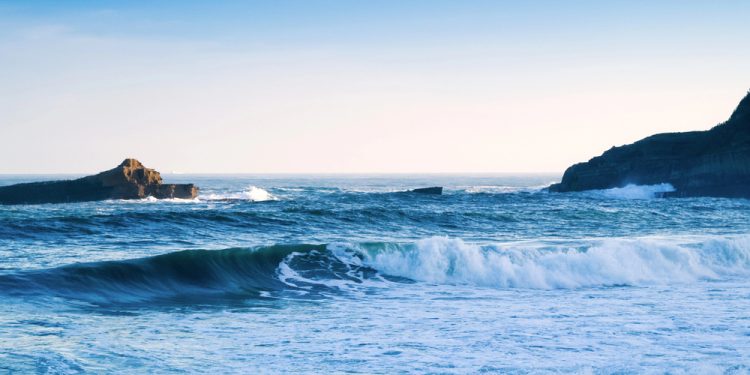Microplastic pollution: a global challenge – Microplastic pollution represents one of the most pressing environmental threats of our time, affecting ecosystems on a global scale, from remote mountain peaks to the ocean depths. This complex problem, involving small plastic particles from the degradation of larger objects or direct release into the environment, requires sophisticated science and careful monitoring to be fully understood and effectively countered.
The gravity of the situation was the focus of a dedicated session during the satellite event ‘Global Awareness, Research Activities and Networking to Address Oceanic Microplastic Pollution’, held on 9 April as part of the UN Decade of Oceans Conference and Ocean Week in Barcelona. The event was organised by NORCE and the International Atomic Energy Agency (IAEA), with the collaboration of several partner organisations.
The main danger of microplastics lies in their ability to contaminate water, soil and air, carrying harmful chemicals through the food chain to us humans. Research indicates that these particles disrupt the digestive system of marine organisms and bioaccumulate, with possible harmful effects on humans as well.
During the conference, experts such as James Clark of the Plymouth Marine Laboratory and Alessio Gomiero of the Norwegian Research Centre emphasised the urgency of closer international cooperation and joint regulation. They highlighted the need to accelerate scientific research to better understand the impact of microplastic-related chemicals and to increase monitoring capacity on a global scale.
The importance of addressing microplastics was further reinforced by the proposal of a Global Plastics Treaty, supported in 2022 by 75 UN member states. This treaty aims to reduce plastic and microplastic emissions, which often end up harming countries other than those that produced them.
The growing interest in microplastics has also prompted new regulatory initiatives, necessary to keep abreast of scientific advances regarding the toxicity and transport dynamics of these particles. New areas of research are continually emerging that explore the impact of different forms of degraded plastics, from tyre particles to paint particles.
The event also provided an opportunity to discuss successes and future strategies in monitoring marine plastic pollution. Speakers included Florence Descroix-Comanducci of the IAEA and Keshnee Pillay of the South African Department of Forestry, Fisheries and Environment, who shared experiences and plans to improve data collection and research methodology.
The problem of microplastics requires global and multi-sectoral efforts to be effectively addressed. International collaboration, research innovation and informed regulation are key to protecting the health of marine and human ecosystems from this evolving environmental challenge.
Microplastic pollution: a global challenge









